#Artisans
Explore tagged Tumblr posts
Text
I love people who craft and I love learning about other people's crafts because every single one is full of little things that non-practitioners wouldn't notice but others in the craft RAVE about.
Like, I'm a knitter, and before I started I couldn't tell a knit fabric from a crocheted one, and I mostly would appreciate pretty color choices and overall patterns. But now I drool over perfectly uniform stockinette or a good stretchy bind off, and don't even start me on neat floats on the back of fair isle!
Quilters will talk about the binding and stitch choice on a finished quilt, ceramics artists will gush over how a glaze turned out, embroiderers will sigh at perfectly smooth satin stitch, and a woodworker can spot a good join from a mile away.
There is so much more beauty and artistry in the world than we can see on our own.
8K notes
·
View notes
Text
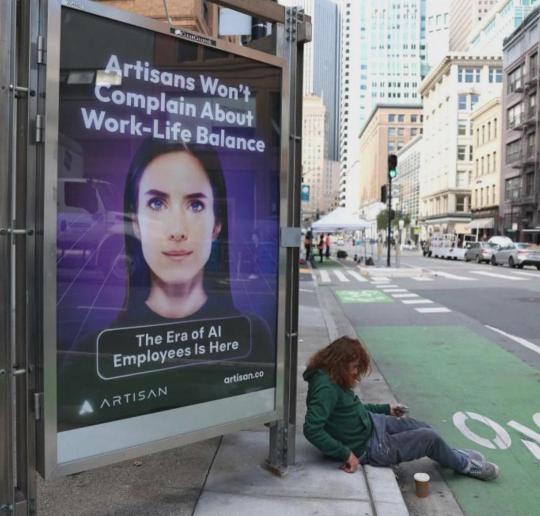


^^ That's the CEO, he lives in San Francisco. This ad campaign purposely antagonizing workers must have been conceived and planned before a certain recent news story involving a widely hated CEO. "The way the world works is changing", indeed.
#san francisco#ceo#ai#artisans#usa#propaganda of the deed#class war#tech#silicon valley#2024#workers#homeless#ads#advertisement#artificial intelligence#anti-capitalism
2K notes
·
View notes
Text

Turkish artisans on a vintage postcard
#historic#postcard#ansichtskarte#briefkaart#postkaart#photography#turkish#ephemera#carte postale#vintage#postkarte#photo#tarjeta#artisans#postal#sepia
66 notes
·
View notes
Text
I need to see more traditional artists and artisans!!
If you make things WITH YOUR HANDS, if you do paintings or collage or journal spreads or linocut or custom clothes or weird mixed media or recycled stuff into jewelry!! or even if you do digital stuff and then make your own stickers or prints! anything!!! especially if it's GAY or WEIRD! self-promote on this post and I'll share!
#BLOGGING LOUDLY#i just looked on the r/lgbtart subreddit and i wanted to CRY bro. nothing and nobody#artisans#queer artists#support queer creators
116 notes
·
View notes
Note
Please tell me more about neighbourhood PMCs in renaissance Italy
It would be my pleasure! (My research into this owes a lot to the excellent Power and Imagination: City-States in Renaissance Italy by Lauro Martines.)
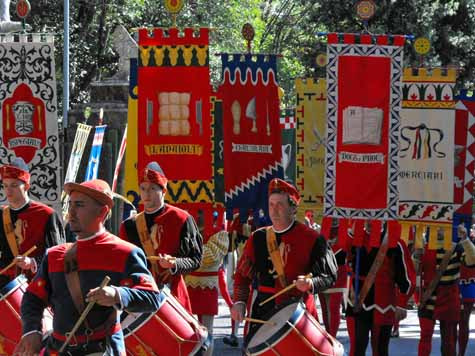
The first thing to note that, unlike the condottieri, these were not private military companies. Rather, the neighborhood military companies (in the sense of a military unit, rather than a profit-making entity) were self-defense organizations formed as part of a centuries-long political struggle for control over the urban commune between the signorile (the urban chivalry)/nobilita (the urban nobility) and the populo (the guilded middle class, who claimed to speak on behalf of "the people").
This conflict followed much the same logic that had given rise to the medieval commune in the first place. Legally, the communes had started as mutual defense pacts between the signorile and the cives (the free citizens of the city) against the rural feudal nobility, which had given these groups the military and political muscle to push out the marquises and viscounts and barons and claim exclusive authority over the tax system, the judicial system, and the military.
So it made sense that, once they had vanquished their enemies and established the commune as the sovereign, both sides would use the same tactic in their struggle over which of them would rule the commune that ruled the city. The signorile and nobilita formed themselves into consorteria or "tower societies," by which ancient families allied with one another (complete with dynastic marriage alliances!) to build and garrison the towers with the knights, squires, men-at-arms, and bravi of their households. These phallic castle substitutes were incredibly formidable within the context of urban warfare, as relatively small numbers of men with crossbows could rain down hell on besiegers from the upper windows and bridges between towers, even as the poor bastards on the ground tried to force the heavy doors down below.
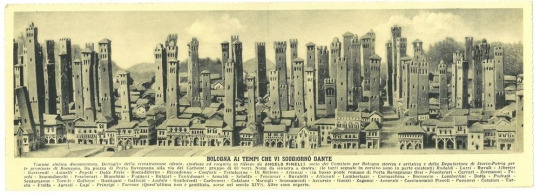
To combat noble domination of communal government, achieve direct representation on the political councils, establish equity of taxation and regulate interest rates, and enforce legal equality between nobility and citizenry, the populo formed themselves into guilds to build alliances between merchants and artisans in the same industries. However, these amateur soldiers struggled to fight on even footing with fully-trained and well-equipped professional soldiers, and the guild militias were frequently defeated.
To solve their military dilemma, the populo engaged in political coalition-building with the oldest units of the urban commune: the neighborhoods. When the cities of medieval Italy were originally founded, they had been rather decentralized transplantations of the rural villages, where before people had any conception of a city-wide collective their primary allegiance was to their neighborhood. As can still be seen in the Palio di Siena to this day, these contrade built a strong identity based on local street gangs, the parish church, their traditional heraldry, and their traditional rivalries with the stronzi in the next contrade over. And whether they were maggiori, minori, or unguilded laborers, everyone in the city was a member of their contrade.
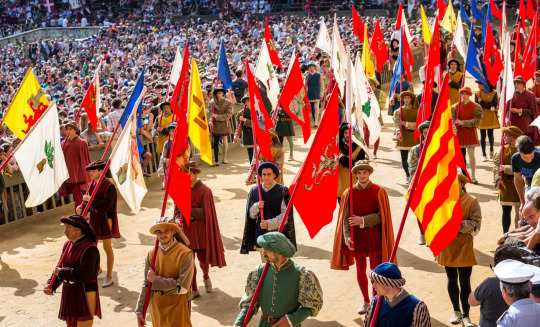
As Martines describes, the populo both recruited from (and borrowed the traditions of) the contrade to form their armed neighborhood companies into a force that would have the manpower, the discipline, and the morale to take on the consorteria:
"Every company had its distinctive banner and every house in the city was administratively under the sign of a company. A dragon, a whip, a serpent, a bull, a bounding horse, a lion, a ladder: these, in different colors and on contrasting fields, were some of the leitmotifs of the twenty different banners. They were emblazoned on individual shields and helmets. Rigorous regulations required guildsmen to keep their arms near at hand, above all in troubled times. The call to arms for the twenty companies was the ringing of a special bell, posted near the main public square. A standard-bearer, flanked by four lieutenants, was in command of each company."
To knit these companies organized by neighborhood into a single cohesive force, the lawyers' guilds within the populo created a state within a state, complete with written constitutions, guild charters, legal codes, legislative and executive councils. Under these constitutions, the populo's councils would elect a capitano del popolo, a professional soldier from outside the city who would serve as a politically-neutral commander, with a direct chain of command over the gonfaloniere and lieutenants of the neighborhood companies, to lead the populo against their noble would-be overlords.
And in commune after commune, the neighborhood companies made war against the consorteria, taking the towers one by one and turning them into fortresses of the populo. The victorious guilds turned their newly-won military might into political hegemony over the commune, stripping the nobilita of their power and privilege and forcing them either into submission or exile. Then they directed their veteran neighborhood companies outward to seize control of the rural hinterland from the feudal aristocracy, until the city had become city-state.
(Ironically, in the process, the populo gave birth to the condottieri, as the nobility who had lost their landed wealth and political power took their one remaining asset - their military training and equipment - and became professional mercenaries. But that's a story for another time...)
#history#historical analysis#renaissance history#renaissance fantasy#medieval cities#city-states#urban communes#guilds#city charters#guild charters#mercenaries#nobility#artisans#burgher rights#merchants
154 notes
·
View notes
Text
The Tranimals are finally here!
(Video ID under the cut.)
The pouch has been emptied, the tranimals unleashed. If you're located in the US or Canada, you can get your very own on my Artisans Cooperative storefront. Elsewhere, and you can pick them up over on Ko-Fi.
Support a disabled queer crafter so I can continue to craft every day!
Photography and video recording + editing provided by my wife, @ablondpanda.
[Vid ID: Several tiny crocheted animals being removed one by one from a purple pouch, placed center screen, and then pushed to the side into a growing pile. There are turtles, snails, cats, whales, mice, octopi, a frog, a chicken, and a snake. They're all made with the same bright blue, pink, and white cotton yarn. Some of them have black beads for eyes. Background music is "It's Showtime!" from Undertale, and matching animal sounds accompanies each one as it's placed on the desk. /end ID]
#trans pride#cute animals#craftblr#indie sellers#artisans#artisans cooperative#disabled creator#trans creator#whales#snails#turtles#cats#mice#frogs#snakes#octopus
54 notes
·
View notes
Note
Hey Flowey, would you (if you could) burn down a bank? If so, who would be the first person you'll put the blame on ?

#undertale#flowey#ask blog#ask flowey#art#ask undertale#small artist#undertale fanart#undertale art#paper art#flowey undertale#Undyne#undyne undertale#artisans#past runs#framing#crime#asgore#asgore undertale#basically Flowey makes Undyne mad and has her chase him#they then reach the bank in new home which is already on fire#and Undyne small running with her spear out and everything but the moment someone spotted her Flowey dissapeared mysteriously#this took a few tries for Flowey to get the timing perfect
21 notes
·
View notes
Text




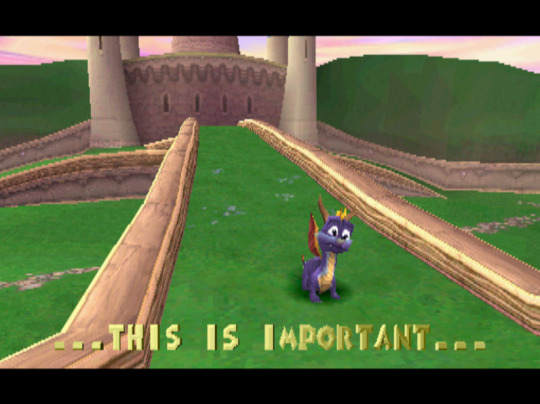

106 notes
·
View notes
Text
Hi again everyone! Time for another Spyro sketch. These are so much fun.
It’s Gildas this time. He’s such a doll, and I felt like drawing him happy and laughing. Out of all the older dragons, Spyro seems so keen to listen to him. I bet they have a good relationship.
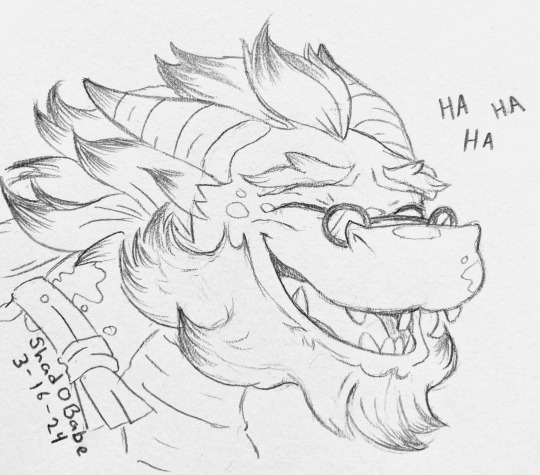
#shadobabe#sketch#spyro the dragon#spyro fanart#spyro reignited trilogy#Spyro#Gildas#dragon#Artisans#pencil#elder dragon#laughter
42 notes
·
View notes
Text





inside spanish ceramics shops // seville, spain // september 2024 // ©
#my photos#photographers on tumblr#original photographers#photography#travel#photooftheday#europe#spain#seville#sevilla#andalucia#european#tiles#texture#art#vintage#antique#ceramics#shopping#triana#españa#summer#birds#birds in art#artisans
25 notes
·
View notes
Text


#photography#photo on tumblr#photo#photography on tumblr#venice#venezia#italy#italia#mask#venetian carnival#venetian mask#carnival#carnevale di venezia#craft#crafting#handmade#handmade mask#artisan#artisans#veneto#venetian#travel#travel photography#venise#art#clothes#costume#costume design#carnival 2025#carnival costumes
10 notes
·
View notes
Text






Lombok (2) (3) (4) (5) (6) by hey tiffany!
Via Flickr:
(1) Cidomos are horse carts and a common form of local transportation. (2) Shallots and chilis. (3) Vegetable seller. (4) Making a bamboo ring. (5) Paring bamboo. (6) Defining the pottery.
#people#horses#traffic#vegetables#market#market stall#human subject#artisans#crafts#indonesia#west nusa tenggara province#lombok
15 notes
·
View notes
Text
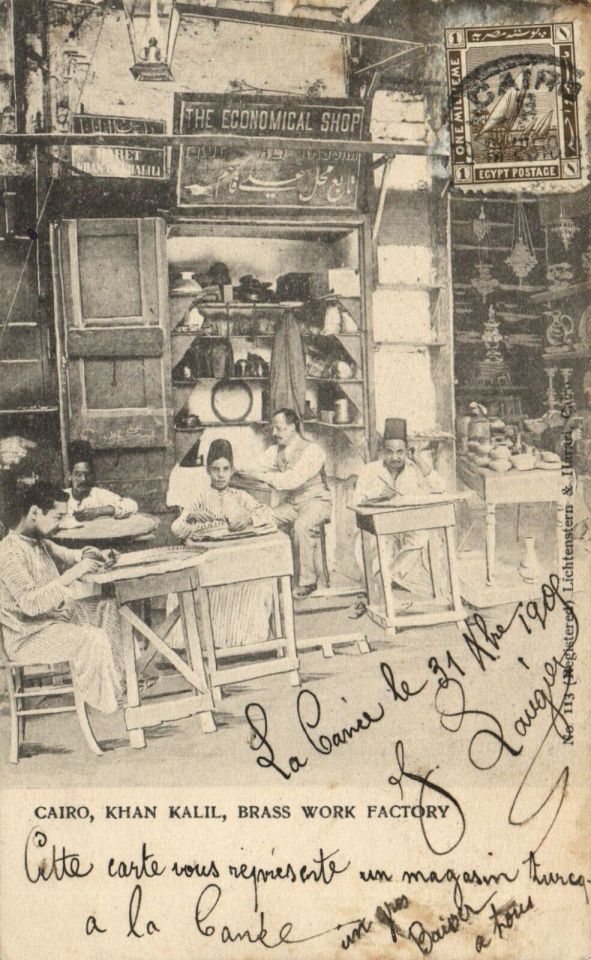
Brass work artisans in the Khan el-Khalili bazaar, Cairo, Egypt
British vintage postcard
#postkaart#el-Khalili#Brass#photo#postcard#artisans#photography#postal#British#work#bazaar#sepia#postkarte#briefkaart#vintage#carte postale#ansichtskarte#Egypt#ephemera#historic#Cairo#tarjeta#Khan
20 notes
·
View notes
Text










The art of tea preparation by the amazing Li Ziqi.
#Li Ziqi#tea#tea making#artisans#tea is life#her content is incredible#also glad she is back to making Y T videos!#the art of tea#aesthetics
18 notes
·
View notes
Text
The more i think about it, the more content I am to live in a world where some of my bookshelf is stocked with unpublished fics written by friends- hard copies only a few are lucky to own. A world where much of my jewelry is made by those who took the time to cinch each metal ring with pliers and string, strange, wonky clay beads of their own design. Where a lot of my wardrobe is decided, not by what I bought on a whim, but what others who could sew and knit thought to make for me. Where the art in my house was painted and drawn by a pair of hands I've held, but only 300 followers on Instagram have seen with their eyes. A world where the folklore I tell my children is the DnD sessions I played with my party, and the fairy tales I made up when we walked along the hiking paths in the woods.
I want to live in a world where the people I call geniuses, artists and artisans are the people I personally love.
That is a world created by love.
#not magic#maybe magic?#a kind of magic anyways#spirituality#hand crafted#art#artists#artisans#craftsmanship
55 notes
·
View notes